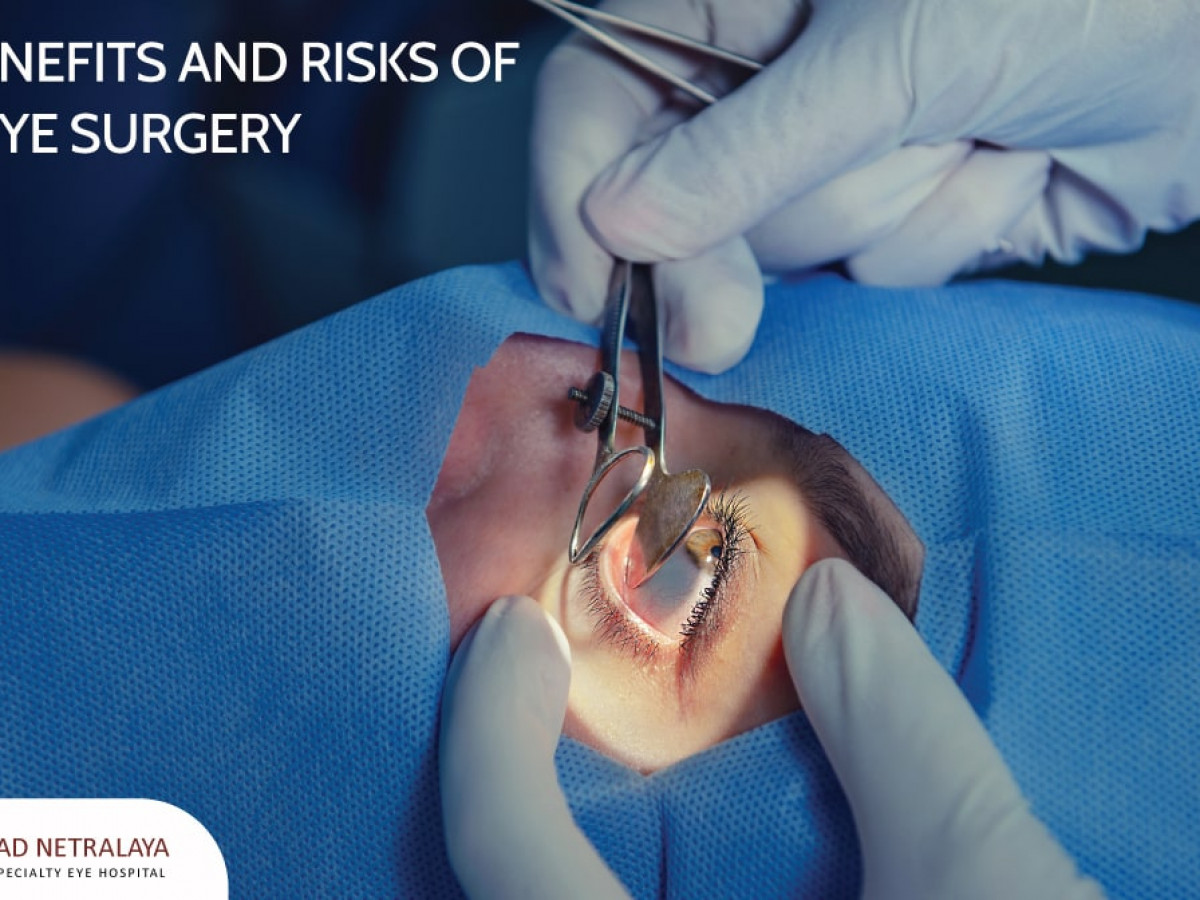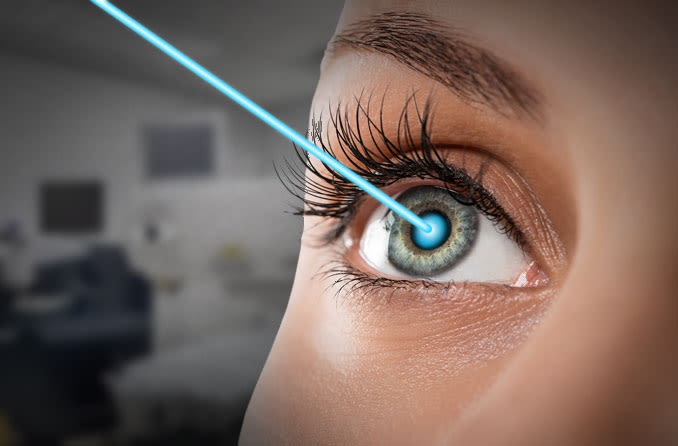Comprehending the Role of an Optometrist in Providing Specialized Eye Treatment Provider
In the world of medical care, the duty of an eye medical professional in providing specialized eye treatment services stands as a critical pillar of extensive person care. From the detailed workings of the eye to the nuances of vision improvement, eye medical professionals bring an unique mix of clinical know-how and technological ability to the table.
Extent of Practice
Within the area of eye treatment, the scope of technique defines the certain variety of services and treatments that an eye doctor is trained and authorized to carry out. Eye doctors, for instance, mostly concentrate on carrying out detailed eye examinations to assess aesthetic acuity, spot refractive errors, and identify prospective eye conditions. They are proficient in recommending and suitable corrective lenses, such as glasses and get in touch with lenses, to boost a client's vision. In addition, optometrists can detect typical eye conditions like glaucoma, cataracts, and macular degeneration, giving necessary references to eye doctors for further management.
Conversely, ophthalmologists, as clinical physicians specializing in eye treatment, possess a wider range of method. In enhancement to doing eye examinations and recommending restorative lenses, they are trained to identify and treat a vast selection of eye illness via medical and medical treatments.
Analysis Know-how
Optometrists and ophthalmologists showcase their diagnostic competence by utilizing advanced tools and strategies to examine and take care of a varied variety of eye conditions, guaranteeing exact analyses and customized therapy plans. These specialized medical care experts utilize a selection of analysis approaches to determine issues affecting the eyes and aesthetic system. From thorough eye assessments that evaluate visual skill, eye pressure, and the health and wellness of ocular frameworks, to advanced examinations like optical coherence tomography (OCT) for detailed imaging of the retina, they have the abilities and technology to detect problems such as glaucoma, macular degeneration, diabetic person retinopathy, and extra.
In addition, their analysis capacities encompass spotting refractive mistakes like nearsightedness, presbyopia, hyperopia, and astigmatism, allowing them to suggest appropriate restorative lenses or suggest refractive surgical procedures as required. By staying abreast of innovative innovations in diagnostic devices and techniques, eye doctors can give accurate diagnoses, early intervention, and customized treatment plans to optimize their individuals' eye wellness and visual wellness.
Treatment Choices
When attending to eye conditions and aesthetic irregularities, optometrist employ a comprehensive variety of treatment choices tailored to every patient's particular needs and circumstances. Treatment choices can vary widely relying on the nature and severity of the eye problem. For usual refractive errors like nearsightedness, astigmatism, and farsightedness, prescription glasses or get in touch with lenses are usually the main treatment approach. These rehabilitative lenses help to refocus light onto the retina, enhancing vision clarity.
In instances where refractive surgical treatment is regarded ideal, treatments like LASIK or PRK can be recommended to improve the cornea and decrease the need for contacts or glasses. Ophthalmologist likewise offer therapy for eye illness such as glaucoma, cataracts, and macular degeneration (Lasik Eye Surgery Tallahassee). Treatment for these problems might entail prescription eye decreases, medical interventions, or other clinical treatments targeted at taking care of or reversing the progression of the illness
Additionally, eye medical professionals play an essential duty in giving specialized look after conditions like diabetic retinopathy, retinal detachment, click to investigate and ocular injury. Prompt diagnosis and appropriate therapy can assist maintain vision and avoid additional problems. Ultimately, the goal of optometrist is to supply customized therapy strategies that optimize aesthetic end results and general eye health for every patient.

Patient Education And Learning
Providing clients with clear and useful guidance on eye health and appropriate care is an important facet of an ophthalmologist's duty. Client education plays a critical part in helping people recognize the significance of normal eye examinations, the relevance of very early detection of eye conditions, and the fostering of healthy and balanced eye care behaviors. Tallahassee Eye Doctors. By offering detailed explanations in a language that clients can understand, ophthalmologist equip individuals to take cost of their eye wellness and make informed decisions relating to treatment options
During consultations, eye doctors need to take see this the time to inform patients on common eye problems such as myopia, hyperopia, astigmatism, and age-related macular degeneration. Inevitably, a knowledgeable individual is much better equipped to prioritize their eye health and wellness and work together efficiently with their eye medical professional in managing any eye problems.
Advanced Technologies
Individual education and learning works as the structure for recognizing the use of sophisticated innovations in modern-day eye care solutions. Advanced modern technologies have reinvented the area of ophthalmology, enabling ophthalmologist to detect and treat a variety of eye conditions with higher precision and effectiveness. Among the considerable innovations in eye treatment technology is using Optical Comprehensibility Tomography (OCT) which gives thorough cross-sectional photos of the retina, helping in the early discovery and monitoring of conditions such as glaucoma and macular degeneration.
Moreover, the development of wavefront innovation has actually enabled personalized vision improvement procedures such as LASIK, where the one-of-a-kind flaws of an individual's eye can be exactly mapped and fixed. Additionally, the use of innovative analysis tools such as automated topographers and boundaries allows eye medical professionals to assess aesthetic fields and corneal curvature more properly, leading to far better treatment results for patients.

Conclusion
Finally, the duty of an eye physician is essential in basics providing specialized eye treatment solutions with their extent of technique, analysis expertise, therapy choices, client education, and usage of advanced innovations. By using thorough care and using their specialized expertise and abilities, ophthalmologist play a substantial function in preserving and boosting the vision and overall eye wellness of their individuals.
